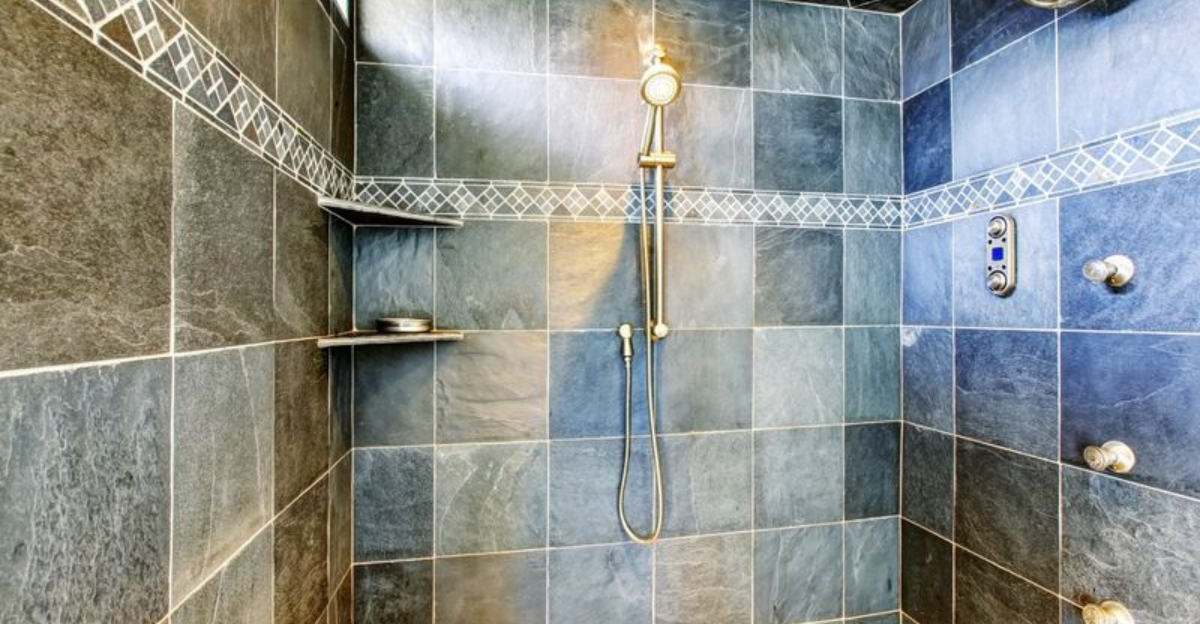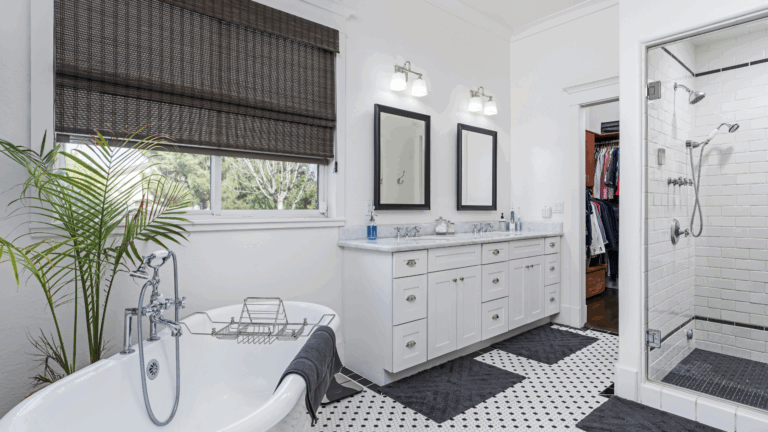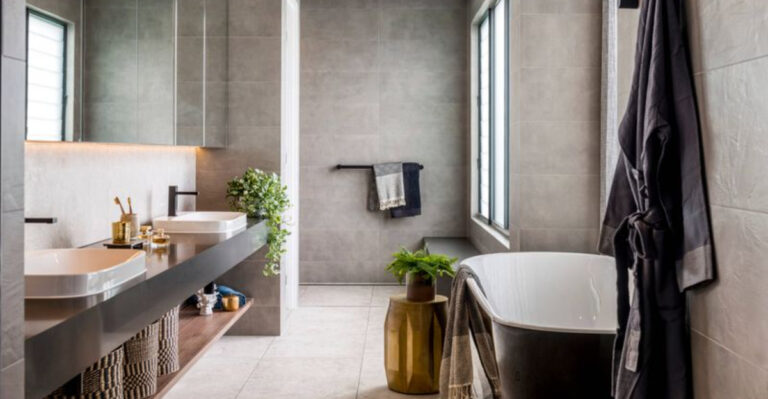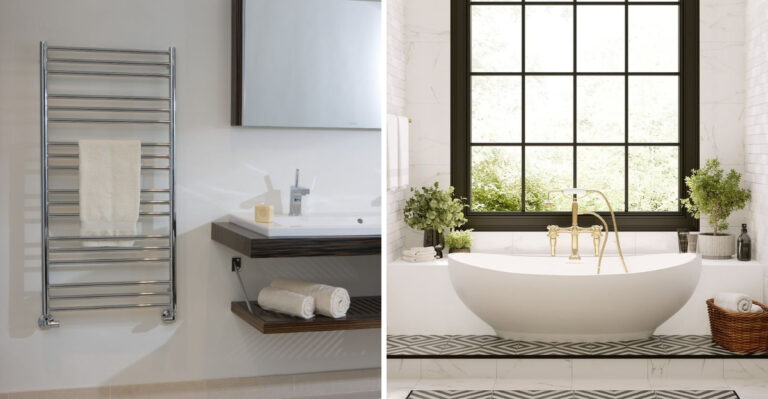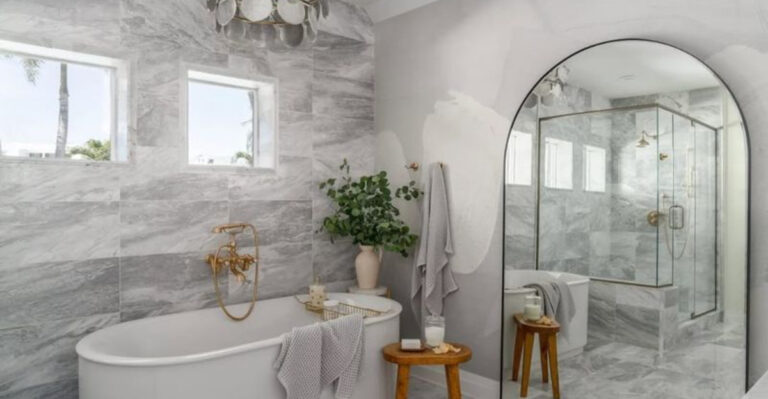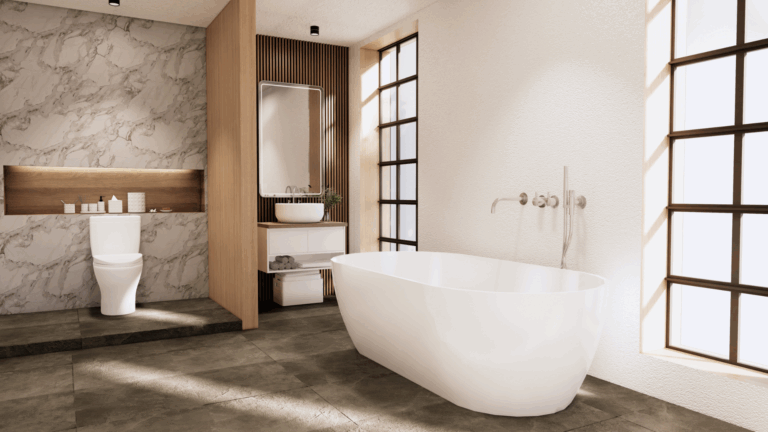17 Disadvantages To Installing A Tiled Shower In Your Bathroom
Thinking about upgrading your bathroom with a fancy tiled shower? While those glossy ceramic squares might look amazing in design magazines, there’s more to consider than just good looks.
Before you dive into this popular renovation project, it’s worth knowing some of the challenges that come with tiled showers – from installation headaches to long-term maintenance issues that might make you think twice.
1. Time-Consuming Installation
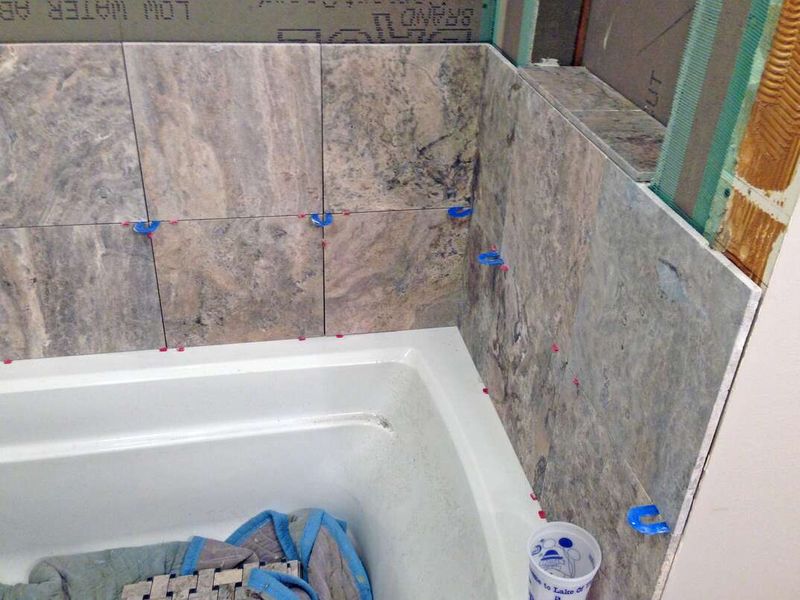
Unlike quick prefab units, tiled showers demand patience. The multi-step process includes substrate preparation, waterproofing, tile setting, grout application, and sealing.
Each stage requires drying time, meaning your bathroom could be out of commission for 1-2 weeks or longer. For families with limited bathroom access, this extended timeline creates significant inconvenience and disruption to daily routines.
2. High Installation Cost
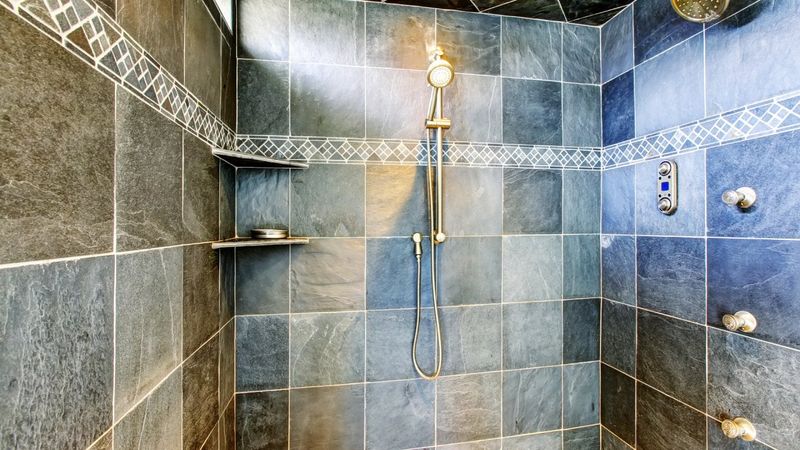
Prepare to empty your wallet! Tiled showers typically cost 2-3 times more than prefabricated options, with premium tiles pushing prices even higher.
The materials alone can be pricey, but when you add professional installation, waterproofing membranes, and specialty tools, your budget might take a serious hit. Many homeowners find themselves spending thousands more than initially planned.
3. Requires Skilled Labor
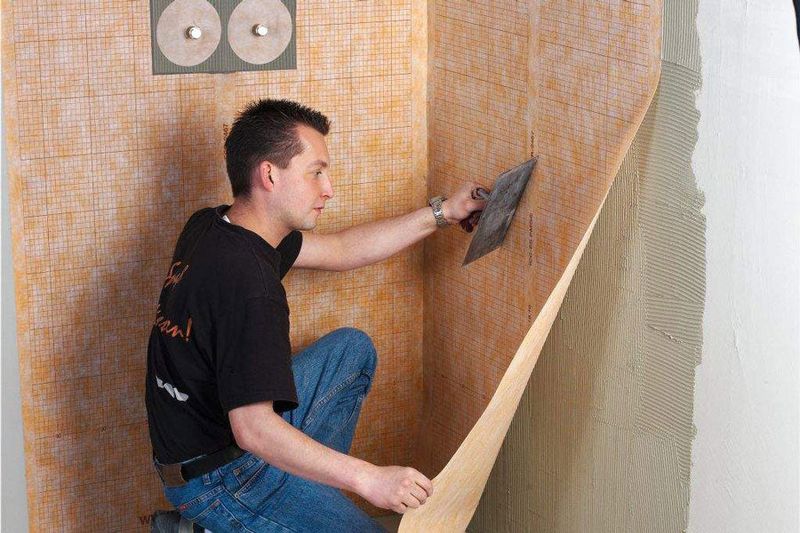
Feeling handy? Unfortunately, tiled shower installation isn’t typically a DIY-friendly project. The waterproofing alone requires precise technique to prevent future disasters.
Most homeowners must hire experienced tile setters who understand proper slope requirements, waterproofing methods, and expansion considerations. Finding qualified professionals can be challenging, and their expertise commands premium rates that significantly increase your overall project cost.
4. Potential For Grout Discoloration
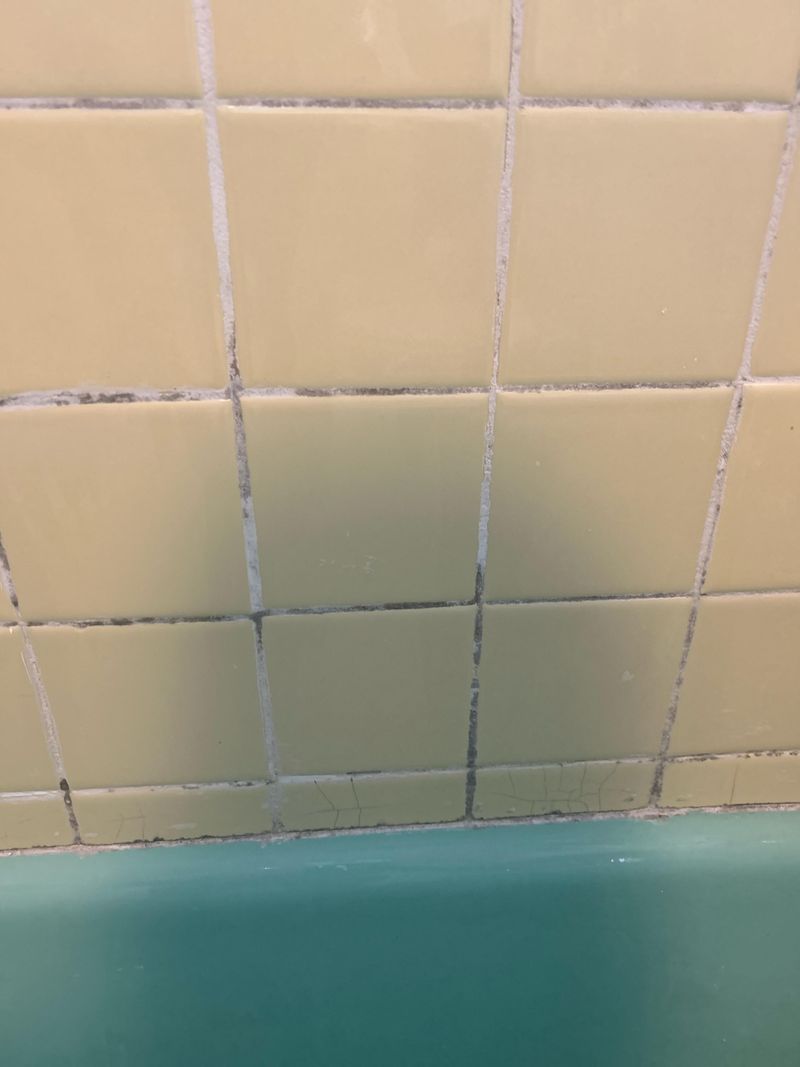
White grout rarely stays that way! Even with regular cleaning, shower grout is notorious for developing unsightly discoloration over time, especially in high-moisture environments.
Hard water deposits, soap scum, and mildew can turn your pristine grout lines yellow, brown, or even black. While darker grout colors hide stains better, they still require regular maintenance to maintain their appearance and hygienic properties.
5. Grout Maintenance And Cleaning

Say hello to your new weekend chore! The tiny grout lines between tiles create hundreds of crevices where soap scum, mildew, and mineral deposits love to hide.
Regular cleaning requires scrubbing with specialized brushes and cleaners to prevent buildup. Many homeowners find themselves spending hours on hands and knees with toothbrushes and grout cleaners, trying to restore those once-pristine lines between their beautiful tiles.
6. Risk Of Water Leakage If Improperly Sealed

Water finds a way! Even tiny imperfections in your shower’s waterproofing can lead to serious problems hiding behind those beautiful tiles.
Moisture that penetrates beyond the tile surface can cause mold growth, rot wooden structures, and even leak into lower floors. These hidden leaks often go undetected until significant damage has occurred, leading to costly repairs that far exceed the original installation price.
7. Tiles Can Crack Or Chip

Oops! Drop a shampoo bottle or install a heavy shower door incorrectly, and you might find yourself with cracked or chipped tiles.
Unlike flexible shower surrounds that can absorb impacts, ceramic and porcelain tiles are rigid and susceptible to damage. House settling can also cause stress fractures in tile work, particularly at corners or transitions where movement is most likely to occur.
8. Slippery Surface When Wet
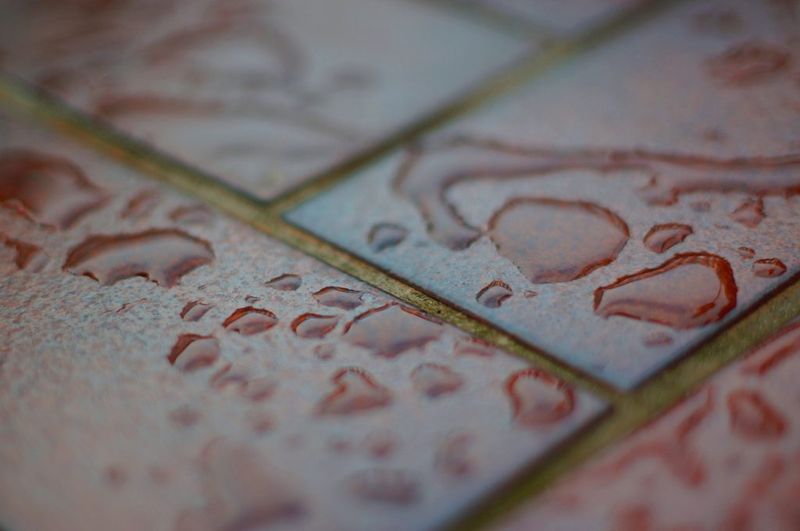
Watch your step! Many popular shower tiles become dangerously slick when wet, creating a significant slip-and-fall hazard, especially for children and older adults.
While textured or matte finish tiles offer better traction, they’re often less popular aesthetically and harder to clean. Anti-slip treatments can help but require periodic reapplication and may alter the appearance of your carefully selected tiles.
9. Cold To The Touch Without Underfloor Heating
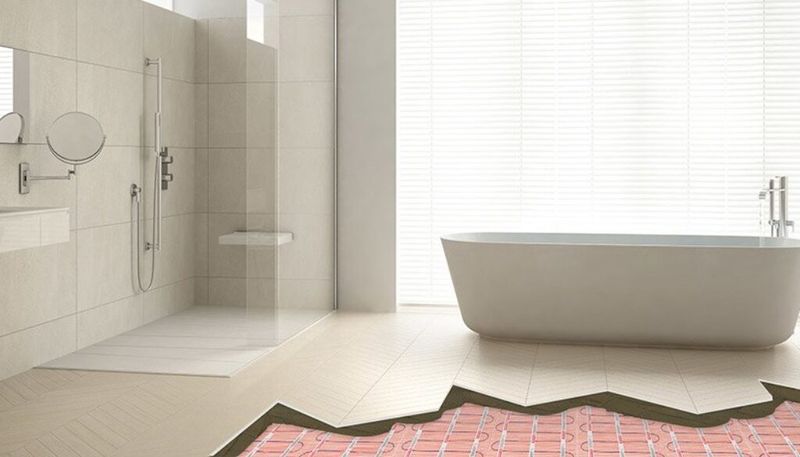
Brrr! Stepping onto tile first thing in the morning can be a shocking wake-up call, as ceramic and porcelain surfaces quickly conduct heat away from your feet.
Tiles feel distinctly cold without supplemental heating systems. Adding underfloor heating solves this problem but significantly increases both installation costs and ongoing energy expenses for your bathroom.
10. Difficult To Repair Individual Tiles
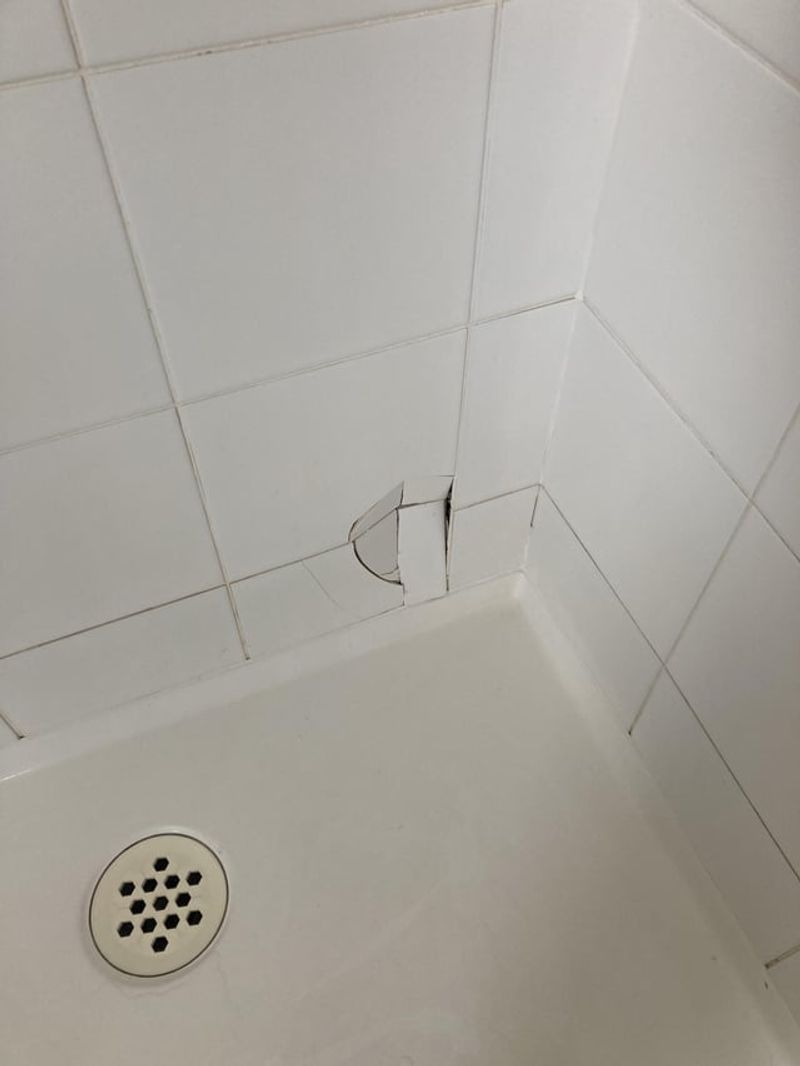
Fixing one damaged tile isn’t as simple as it sounds! Removing a single cracked tile without damaging surrounding ones requires skill and specialized tools.
Finding exact replacement tiles years after installation can be nearly impossible if the style has been discontinued. Even with matching tiles, new grout often appears noticeably different in color from aged grout, creating a patchy appearance that draws attention to the repair.
11. Mold And Mildew Growth In Grout Lines
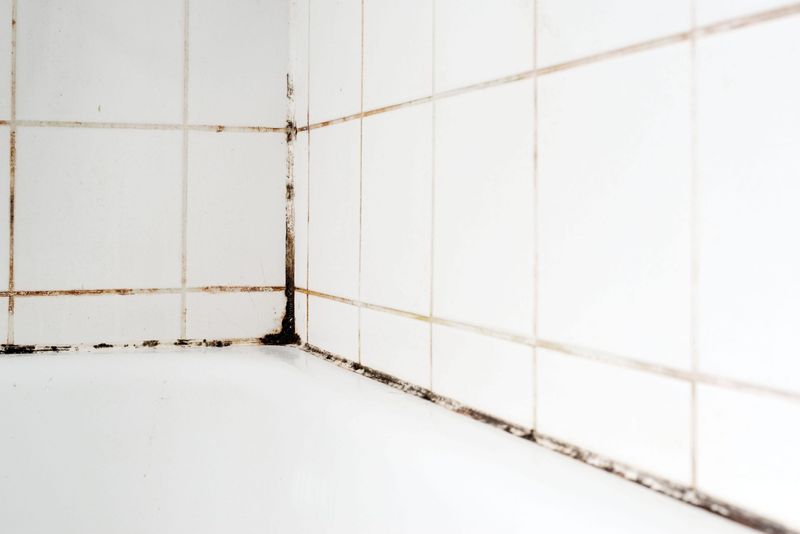
Those tiny grout lines create perfect homes for unwelcome microscopic guests! The porous nature of most grout materials makes them ideal breeding grounds for mold and mildew.
Beyond being unsightly, these fungi can trigger allergies and respiratory issues in sensitive individuals. Even with regular cleaning and proper ventilation, completely preventing mold growth in shower grout remains a constant battle for many homeowners.
12. Limited Design Flexibility After Installation
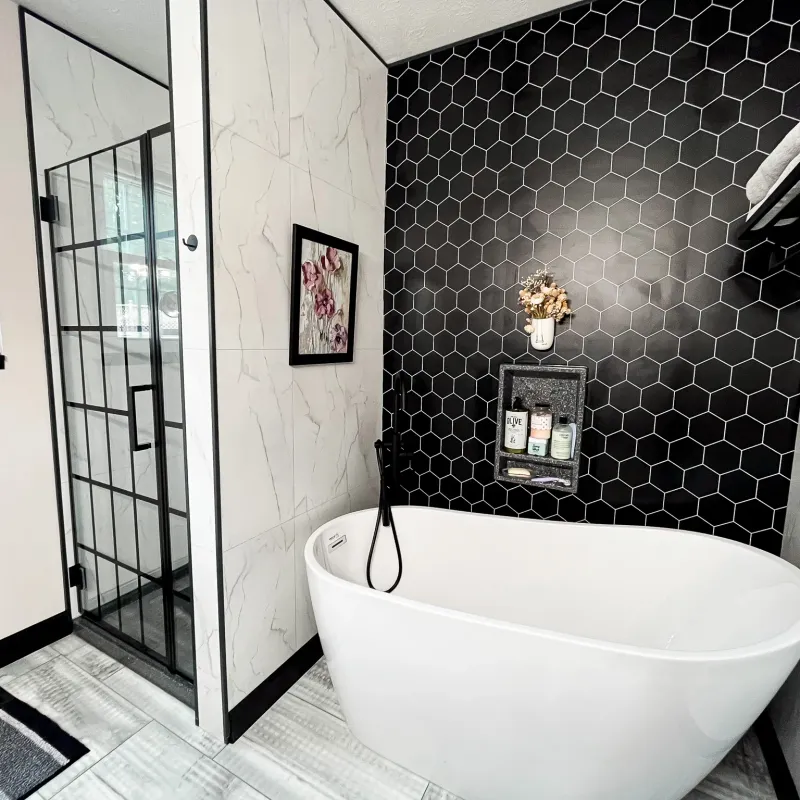
Changed your mind about that bold tile choice? Too bad! Tiled showers represent a semi-permanent design commitment.
When design trends change or your personal taste evolves, updating a tiled shower typically requires complete demolition and reinstallation. This inflexibility means you’ll either live with outdated styling or face another major renovation expense down the road.
13. Heavy Weight Requiring Strong Substrate
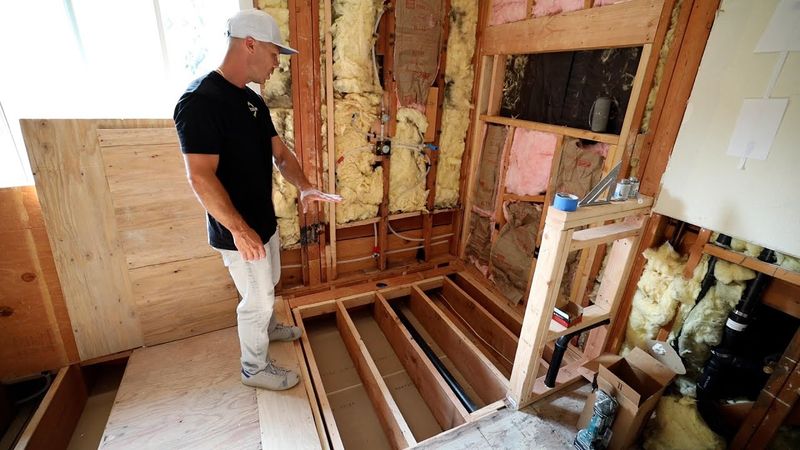
Those beautiful tiles aren’t lightweight. A fully tiled shower enclosure can add hundreds of pounds to your bathroom structure, requiring proper support beneath.
Many older homes need floor reinforcement before installation can begin. Second-floor bathrooms are particularly concerning, as inadequate structural support can lead to sagging floors, cracked tiles, or even catastrophic failures where the entire shower might crash through to the floor below.
14. Longer Drying Time After Use

Forget quick-dry bathrooms. Tile and grout retain moisture significantly longer than non-porous shower materials, extending drying times after each use.
This lingering dampness creates ideal conditions for bacteria and mold growth. Many homeowners find themselves needing to squeegee shower walls after each use and run exhaust fans for extended periods, adding another maintenance step to their daily routines.
15. May Require Regular Resealing

Another maintenance task for your calendar. Most grout requires resealing every 6-12 months to maintain its water-resistant properties and prevent staining.
This process involves thoroughly cleaning grout lines, applying sealer, and allowing proper curing time. Neglecting this maintenance allows water penetration that can damage underlying structures and create perfect conditions for mold growth between your walls.
16. Possible Incompatibility With Radiant Heating

Dreaming of toasty warm shower floors? Not all tile types play nicely with underfloor heating systems due to expansion and contraction rates.
Natural stone tiles are particularly problematic, as uneven heating can cause cracking or warping. Even compatible tiles require special installation considerations with heating elements, including proper spacing, flexible adhesives, and expansion joints that add complexity and cost to your project.
17. Installation Delays Due To Material Availability
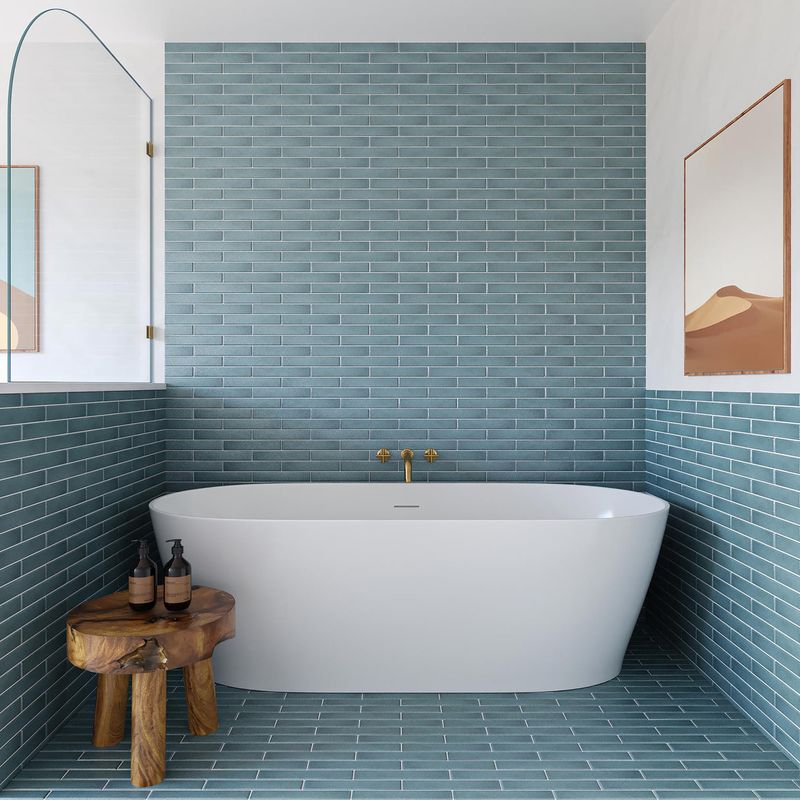
Your perfect tiles might be on backorder for months. Specialty tiles often face supply chain delays or limited availability, especially for imported products.
Running short mid-project can create significant complications, as later production runs may have slight color variations. Many homeowners find themselves either compromising on their first-choice materials or enduring extended bathroom renovation timelines while waiting for products to arrive.

